From the T-Roc to the Karoq here are six of the newest contenders for fleet decision-makers to consider.
VW T-Roc
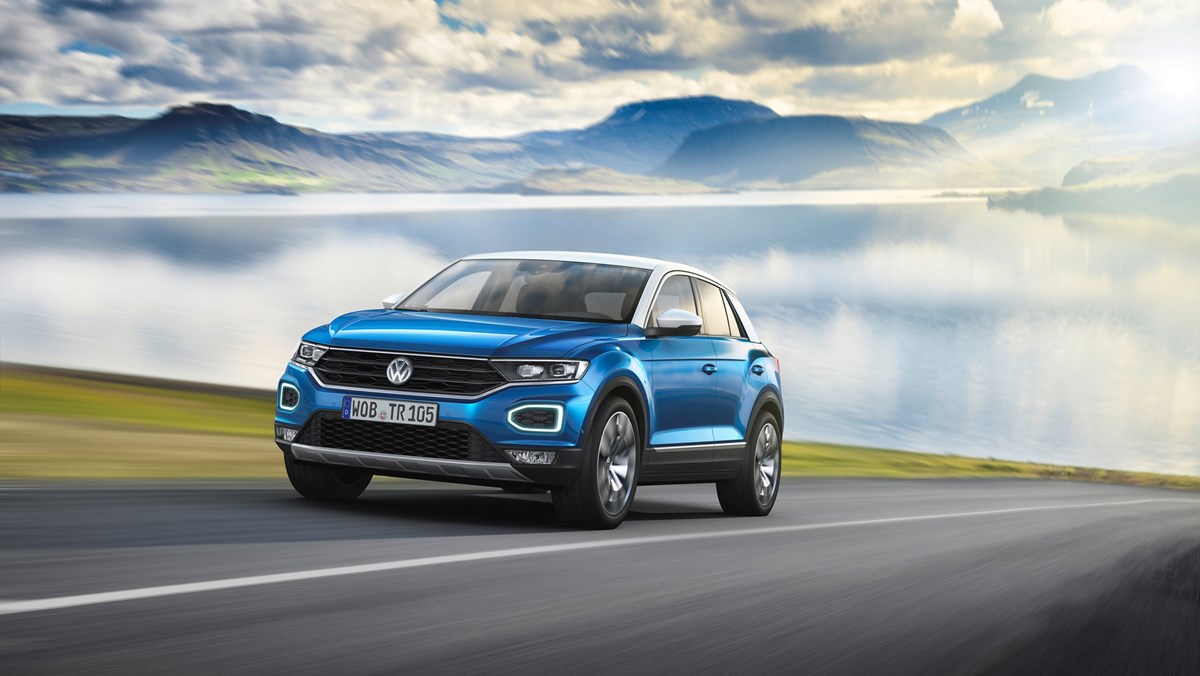
The Volkswagen T-Roc compact crossover will arrive in December priced from £19,000.
A rival to the Nissan Juke and Mini Countryman, the T-Roc is expected to be one of Volkswagen’s top selling models, with 25% of registrations going to fleets.
Chunky proportions and a wide stance suggest the T-Roc errs on the sportier side of the SUV sphere. The entire roof, including the A-pillars and exterior mirrors, may optionally be painted in one of three contrasting colours.
Volkswagen says interior space is among the best-in-class. There is ample room for five adults and a 455-litre boot. Fold the rear seats and this expands to 1,290 litres.
A full spectrum of active safety technology is available, including Front Assist with Pedestrian Monitoring, City Emergency Braking, Blind Spot Detection and Park Assist.
Petrol derivatives are expected to account for 80% of sales.
Kia Stonic
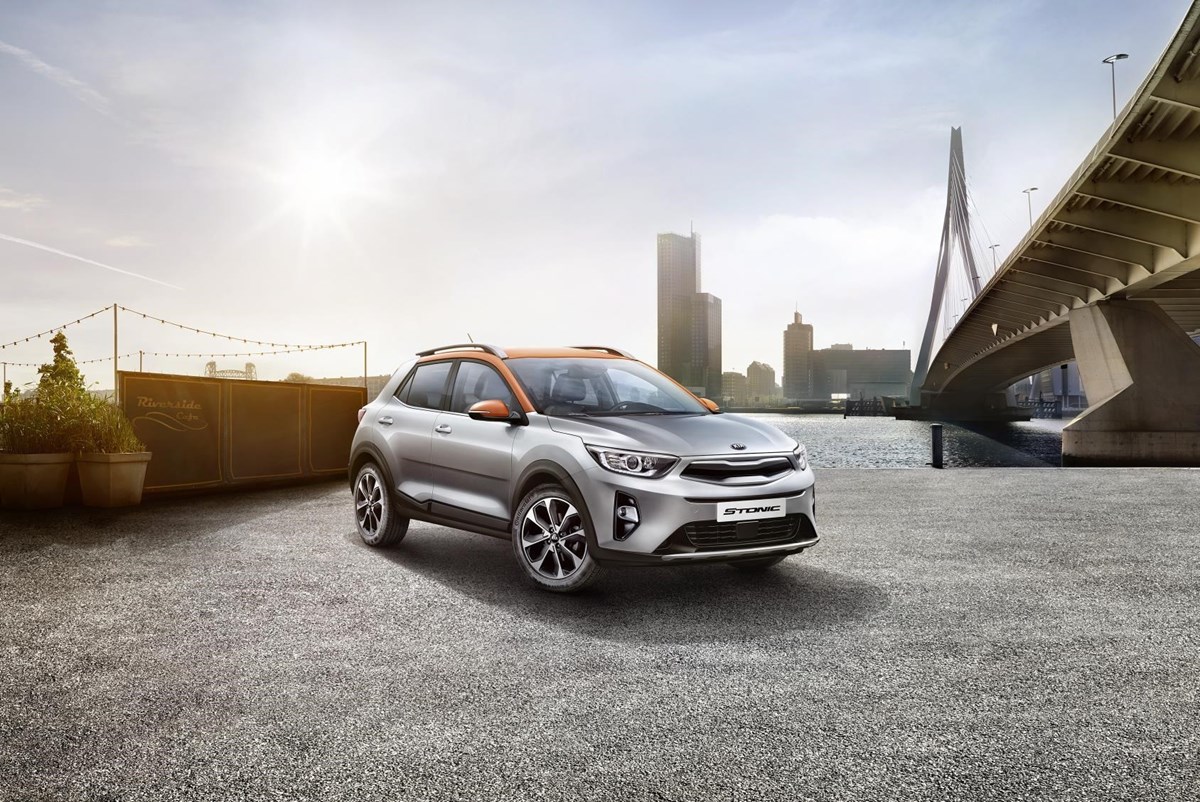
Smash-hit success with SUVs is tipped to give Kia a flying start in an emerging sector for more compact all-purpose cars when its latest model reaches the showrooms later this year.
The Korean firm believes the reputation it has won with the Sportage and Sorento in the medium and large SUV segments should pave the way for the Stonic, its new challenger for crossover vehicle sales.
Based on the Rio platform, the B-segment Stonic will rival the Nissan Juke, Renault Captur and Vauxhall Mokka.
Advanced high strength steel makes up more than half the materials used in the Stonic and electronic stability control and vehicle stability management will be standard.
Options include autonomous emergency braking with pedestrian recognition and forward collision alert, blind spot detection with rear cross traffic alert, lane departure warning, high beam assist and a driver attention warning system.
Hyundai Kona

Hyundai is poised to challenge rival car manufacturers with a new compact SUV later this year, with an EV version due in 2018.
The Kona will target the Nissan Juke and Peugeot 2008 plus newcomers such as Vauxhall Crossland X and Citroën C3 Aircross.
It fills a gap in the range left by the ix20 compact MPV and follows the evolution of the market toward SUVs.
The Kona will initially be available with a choice of two petrol engines: a 120PS three-cylinder 1.0T (with a target CO2 of 119g/km and fuel consumption of 53.3mpg) and a 177PS four-cylinder 1.6T.
The former has a six-speed manual transmission and the latter a seven-speed dual-clutch auto.
Next year, the Kona will also have a new 1.6-litre four-cylinder turbocharged diesel engine available with 115PS (six-speed manual and front-wheel drive) and 136PS (seven-speed dual-clutch auto, either four-wheel or front-wheel drive).
Prices are likely to start from £17,000 for the 120PS petrol model, and closer to £19,000 for the 115PS diesel.
Citroën C3 Aircross
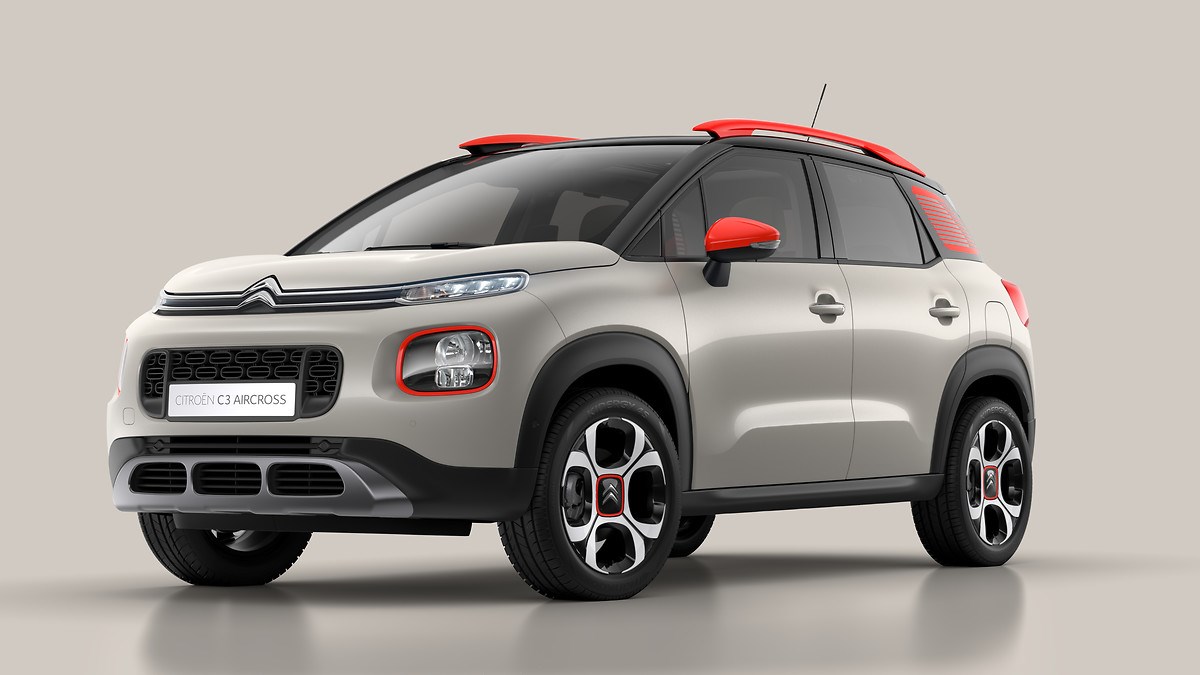
The Citroën C3 Aircross is effectively a replacement for the C3 Picasso. This is the first time we’ve seen Citroën’s bold grille and two-tier lights front end translated into an SUV, and it works well. A combination of up to eight body colours, four roof colours and four colour packs are available.
Citroën says the C3 Aircross has the most spacious interior in its segment as well as class-leading comfort. Its 2.6m wheelbase is large for a B-sector SUV.
A choice of three petrol engines start with a normally aspirated 82PS 1.2-litre and a turbocharged version producing 110PS. Both come with a five-speed manual gearbox, with a six-speed auto option on the latter. A 130PS version of the engine is offered with a six-speed manual.
Diesel options are a 100PS 1.6 BlueHDi with a five-speed manual gearbox and a 120PS version with a six-speed manual and stop/start.
Jaguar E-Pace
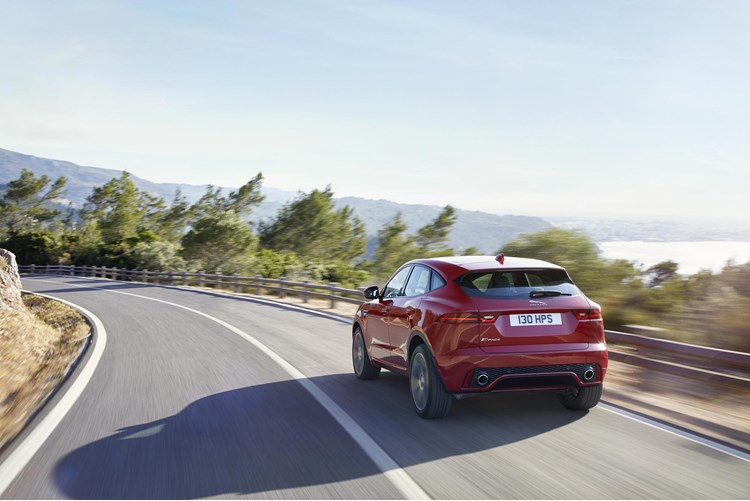
Jaguar is taking advantage of an insatiable appetite for crossovers and SUVs among car buyers by adding a second to its line-up ahead of the electric I-Pace next year.
The E-Pace is smaller than the F-Pace, but aims to offer customers more space and emotional appeal than an Audi Q3 or BMW X1. A single 2WD model will be offered in a range dominated by all-wheel drive variants, with a choice of four-cylinder petrol or diesel engines.
The E-Pace is targeted at a young demographic who might prefer a more engaging drive, so the styling also owes as much to the F-Type sportscar as it does the F-Pace. The headlamps are a similar shape to the F-Type’s, while a line on the rear haunches mimics the curved rear quarter of the high-performance coupé and roadster.
There are two model lines, standard and R-Dynamic, each available with S, SE and HSE equipment grades.
The E-Pace has excellent rear leg room and headroom for a car measuring less than 4.4m in length.
Škoda Karoq

Škoda’s new Karoq SUV is set to replace the much loved Yeti, which has served the company well over the past eight years. The Czech company thinks it will be a bigger draw for user-choosers than the outgoing car. First UK deliveries are expected in January 2018.
The Karoq’s shape is as conventional in modern SUV design language as the Yeti was distinctive. Its suspension has been designed mainly for on-road agility, but with a degree of sophistication that allows it to perform off-road, too.
Four-wheel drive is optional on some and standard on the 190PS diesel. The 4WD versions can be chosen with an off-road mode.
Those who feel the Karoq is destined for rougher terrain can choose the ‘rough road package’, which protects against mechanical damage when grounding and prevents dust, sand or mud from getting into the engine bay or cable harnesses.
The electronic differential lock provides additional ride stability. It allows the driver to pull away smoothly and comfortably on road surfaces with varying grip.
Crossovers: future models
The first crossovers tended to be family car or executive saloon alternatives, but manufacturers are now exploiting the opportunity to produce more affordable, compact versions.
Market analysts believe the so-called B-SUV segment, with models such as the Vauxhall Mokka X and Nissan Juke, will double in size over the next 10 years.
Some manufacturers are still introducing their first C-SUV models 10 years after the first Nissan Qashqai, with brands famous for their 4x4s – Jeep, Land Rover and Toyota – ensuring they have toned-down, two-wheel drive examples.
At the higher end, manufacturers new to the segment have found the lure of extra sales tempting, with Jaguar, Bentley, Maserati and Alfa Romeo introducing their first crossovers.
Rolls-Royce will perhaps be one of the most unlikely brands to join the segment in the near future, as well as Lamborghini. There are also reports of Ferrari eyeing up an opportunity to launch a crossover.
While the car industry does move in cycles and trends, it’s difficult to predict an end to the current craze around crossovers. North America was around 10 years ahead of Europe in identifying the trend and catering for it, and it shows no signs of slowing down on that side of the Atlantic.
Audi Q8
Audi’s flagship crossover has been shown in concept form so far, and at the 2017 Geneva motor show was powered by a ‘mild hybrid’ powertrain, where an electric motor assists the engine to reduce fuel consumption, and its battery is recharged on the move.
BMW X2
We’ve only seen a concept car version of the X2 so far, but we know it will share engines and technology with the X1 and we can expect four-wheel drive versions. The X2 is likely to offer a choice of 2.0-litre petrol and diesel engines with outputs from around 150-230PS.
DS 7 Crossback
DS Automobiles has struggled to be considered a premium brand, but the medium-sized DS 7 Crossback could use the less badge-conscious crossover sector to gain traction. Initially it will be front-wheel drive only.
Honda CR-V
There will be a new Honda CR-V in 2018, but the manufacturer will be ditching diesel engines 14 years after they first appeared in the crossover. The car will be able to cover short distances propelled by its electric motor. It will also be offered with a 1.5 Turbo petrol engine.
Infiniti QX50
A new QX50 will appear in 2018 and should be a far more appealing prospect than its V6-only predecessor. New petrol engine technology will make its debut, but it’s also likely to be offered with four-cylinder diesel engines from Mercedes-Benz.
Jaguar I-Pace
Little is known about specifications for the production car, but this crossover family hatchback alternative will have an all-electric powertrain. In concept form the I-Pace had 400PS, so we can expect performance at the higher end of the sector.
Mitsubishi Eclipse Cross
Slightly larger than the ASX, this Qashqai-sized crossover should give Mitsubishi’s range more mainstream appeal. Only a 1.5-litre turbocharged petrol engine has been announced so far, but we could see a plug-in hybrid during its lifecycle, and a diesel is also likely.
Seat large SUV
Seat will launch its third SUV in 2018, similar in size to the Škoda Kodiaq. Its name hasn’t been revealed, but the company has confirmed it will be one of four Spanish place names: Alboran, Aranda, Avila or Tarraco. It follows the compact Arona launched in 2017.
Volvo XC40
The final crossover in the latest generation of Volvos, the XC40 will target cars such as the Range Rover Evoque, BMW X1, Audi Q3 and Jaguar E-Pace. Launching with a choice of petrol and diesel variants, a plug-in petrol-electric hybrid is likely to follow.

















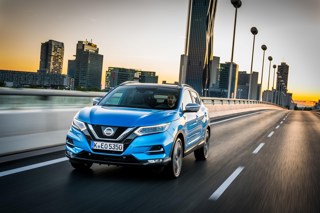
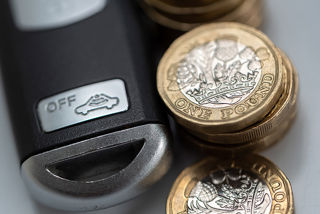
The Engineer - 18/10/2017 08:57
By the time my next replacement is due I am hoping the CR-V hybrid is out so we can see if it works, I was also looking forward to the hybrid version of the DS7 but Citroen seem to be moving like a snail and will miss the boat mostly. The Jag is nice but is a disaster on emissions and won't even make the sub 130g/km choice lists with a high BIK too. For me the Karok petrol 1.5tsi is looking like the front runner with low BIK, sub 130g/km even with an auto, high equipment and comfort levels. After a petrol hybrid I don't want to go back to a gruff diesel again and over the current long leases who know what further restrictions will be made in them during this term, even EU5 ones? Also a lot of the smaller SUV's are purely lifestyle designs, some of us need them for a good boot not just the kids sports bag on the school run.